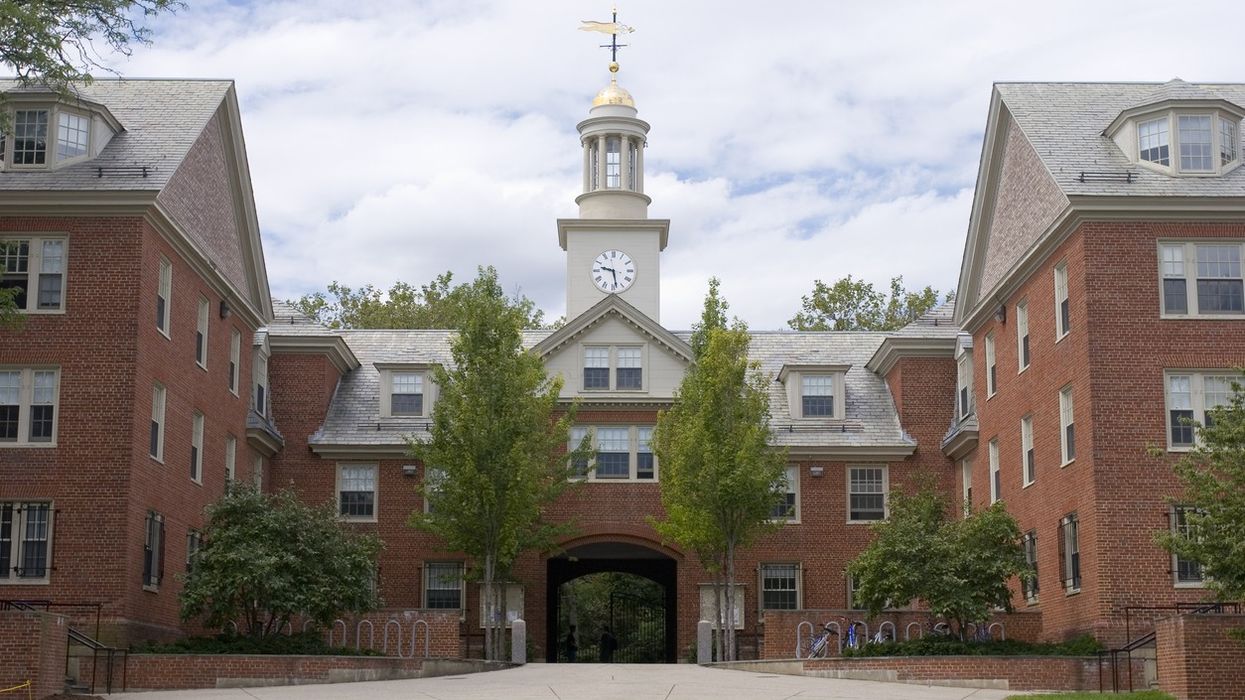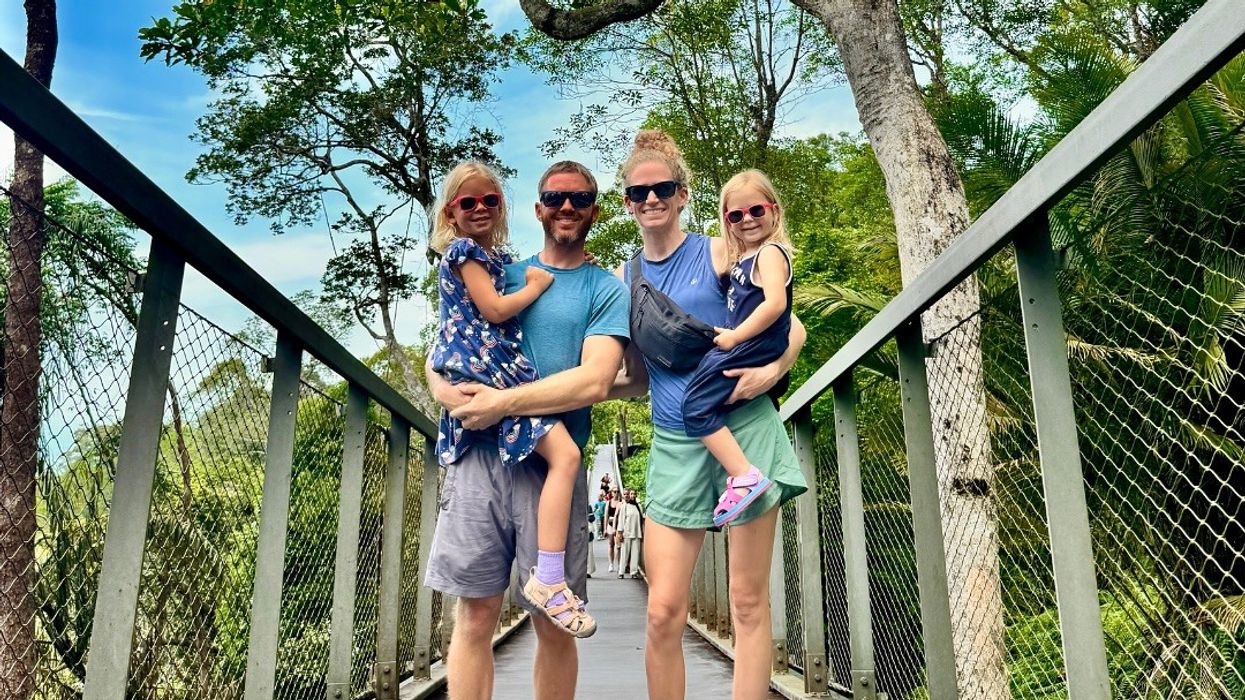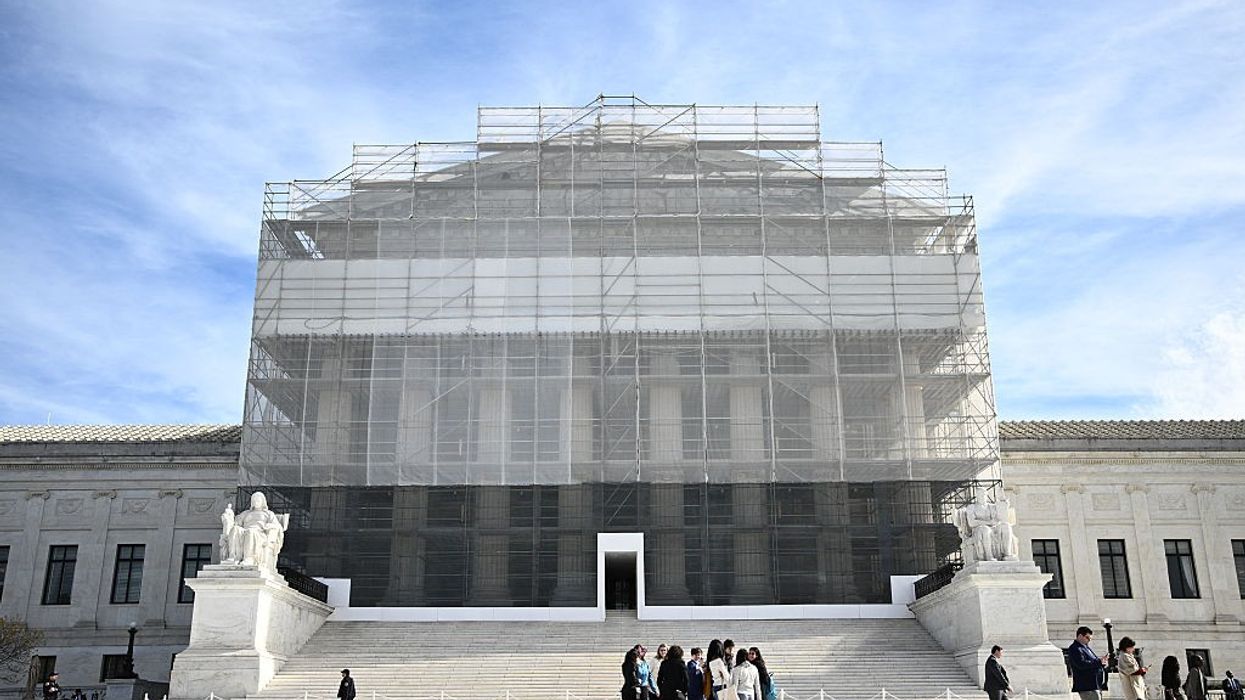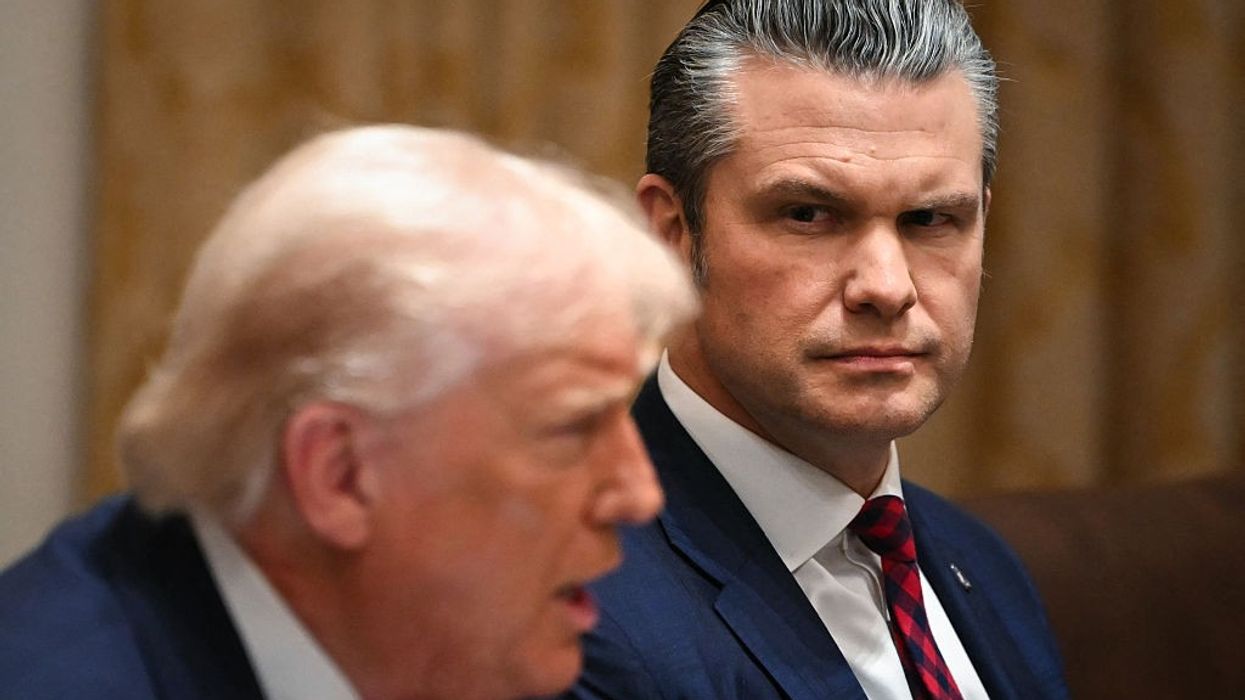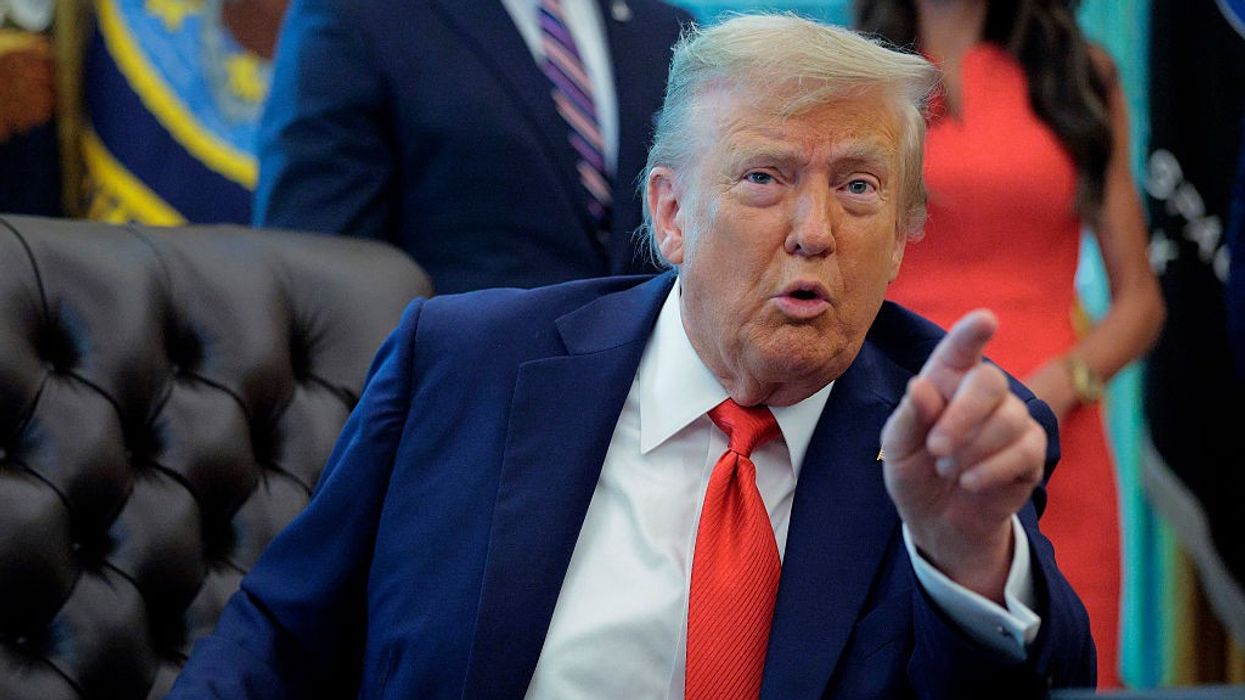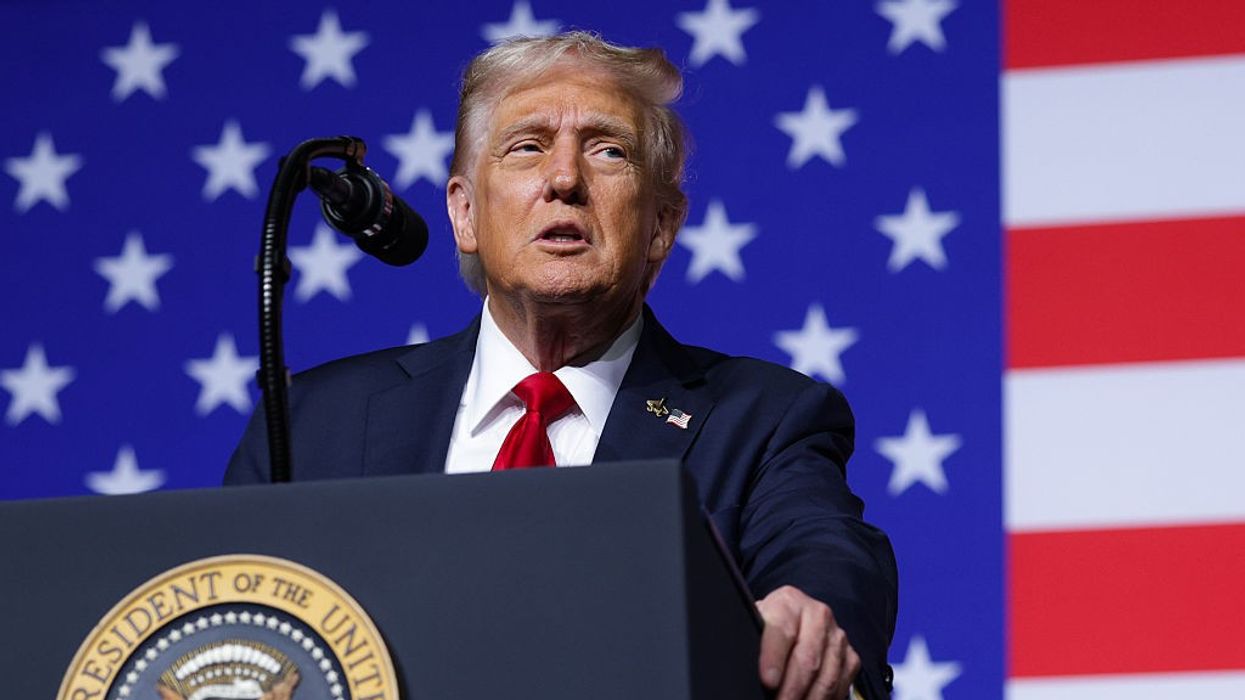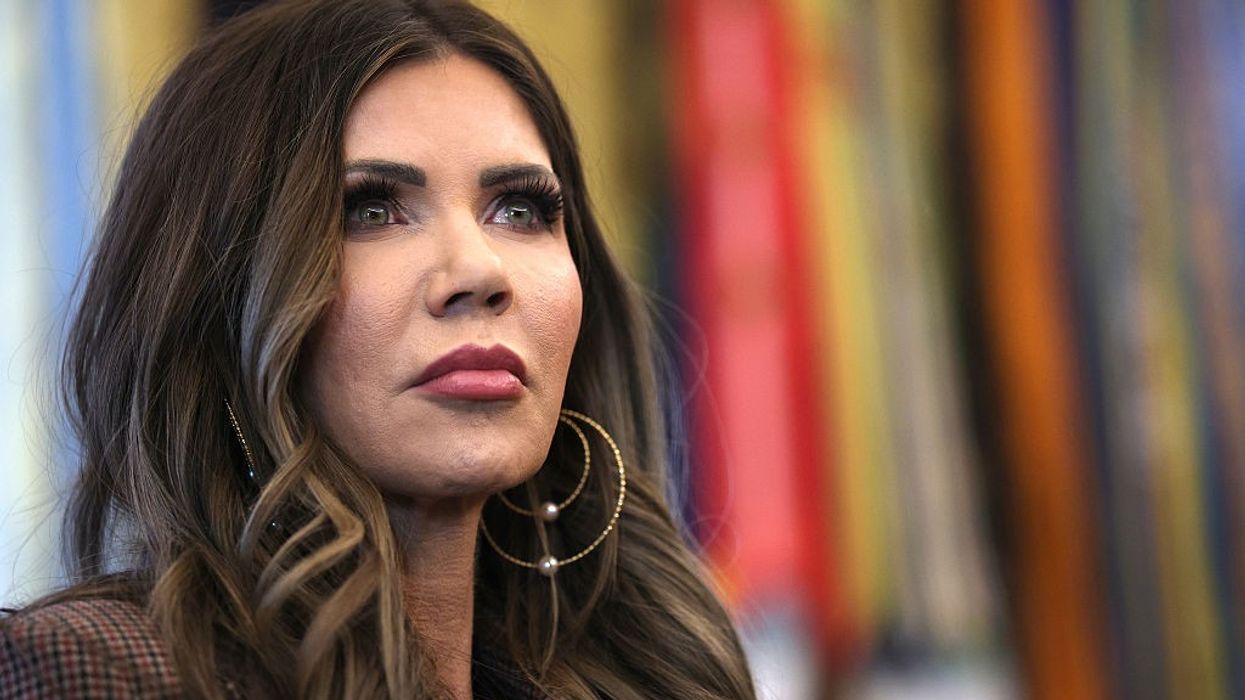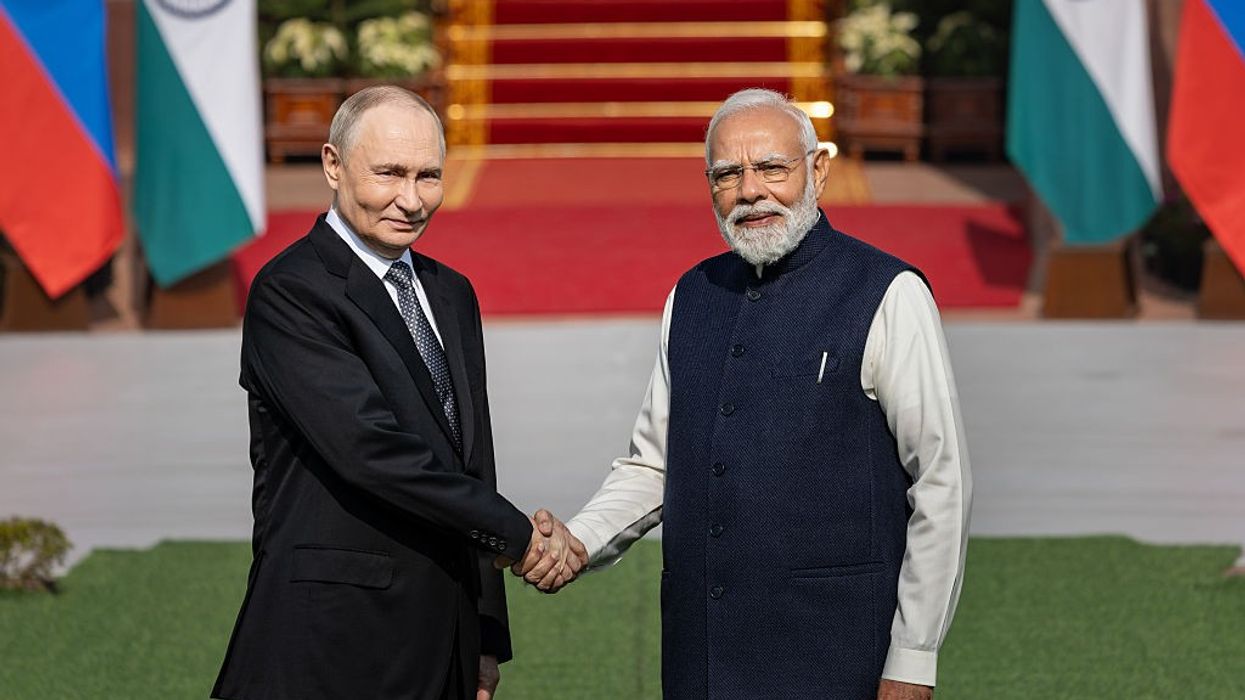The White House has proposed a funding-linked compact to nine leading US universities, offering them preferred federal support if they agree to certain conditions. One major condition has alarmed Indian families: a cap on the number of international undergraduates, no more than 15 per cent of the total undergraduate population and no more than 5 per cent from any single country.
This is not a nationwide rule but a specific offer made to nine institutions, which includes Brown, Dartmouth, MIT, the University of Pennsylvania, the University of Southern California, Vanderbilt, the University of Virginia, the University of Texas, and the University of Arizona. The proposal is detailed in a nine-page document titled “Compact for Academic Excellence in Higher Education.”
According to the proposal, the cap applies to the entire undergraduate population of each university, not individual departments or programs. It also affects only undergraduate students, not master’s or doctoral programs.
India's presence in US universities: Mostly graduate students
Recent Open Doors 2024 data clearly show that India’s rise to the top spot as the largest source of international students in the US is mainly due to graduate programs and Optional Practical Training (OPT), not undergraduate studies.
In the 2023–24 academic year, India sent 331,602 students to the US—a 23 per cent increase from the previous year. Out of these, 196,567 were graduate students, 97,556 were on OPT, and just 36,053 were undergraduates. That means undergraduates make up only around 11 per cent of all Indian students in the US.
At the national level, the US hosted 1,126,690 international students in 2023–24, with record highs in graduate and OPT categories. Since the proposed compact only affects undergraduates, it is unlikely to have a major short-term impact on India’s overall student numbers.
When could the cap actually affect Indian students?
The policy might start affecting Indian students under three possible conditions:
- Universities near the limit: If a university already has close to 5% Indian undergraduates, it will have to restrict new Indian admissions to stay within the cap.
- Campuses with high international intake: If a university has more than 15% international undergraduates, it may reduce offers to students from multiple countries, including India.
- Future growth: Even if current numbers are below the limit, the cap will restrict future growth in fields like computer science, data, or engineering—areas popular among Indian students.
Outlook for 2025 admissions
In the short term, the impact on Indian students is likely to be limited since most are in graduate or OPT categories, which are not affected. However, Indian undergraduates at specific universities may face tighter competition for admission.
The key factors to watch include which universities agree to sign the compact, whether more institutions are added later, and if similar caps are ever extended to graduate programs.
For now, the proposal seems more like a symbolic policy meant to “balance” student diversity. It could limit Indian undergraduate growth at a few campuses but leaves the larger flow of graduate students—the real strength of India’s US education presence—untouched.
